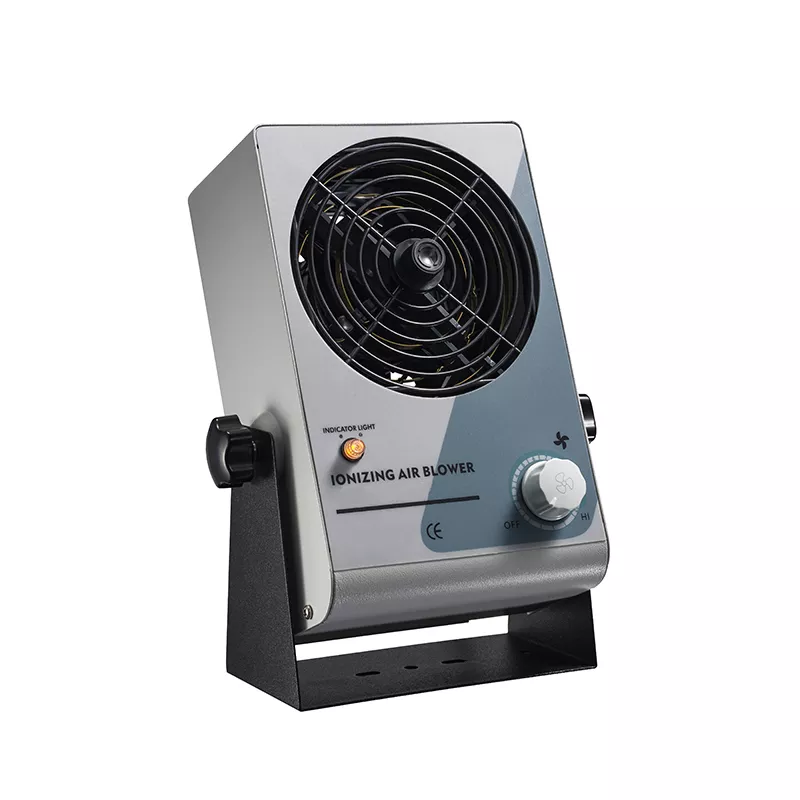Exploring the Science Behind Air Ionization
Air ionization is a technology that has gained popularity in recent years due to its potential to enhance indoor air quality. This innovative method utilizes ions to purify and clean the air we breathe, providing a range of benefits for both residential and commercial environments. In this article, we will delve into the science behind air ionization and explore how it works to create healthier and fresher indoor spaces.
What are Air Ions?
To understand air ionization, it’s important to grasp the concept of air ions. Air ions are electrically charged particles present in the atmosphere. They can be either positively or negatively charged, depending on the balance of electrons and protons. These ions occur naturally in outdoor environments, such as near waterfalls, mountains, or forests, where the air is typically more invigorating and refreshing.
The Role of Air Ionizers
Air ionizers are devices specifically designed to generate and release ions into the air. These devices utilize various technologies, including corona discharge, radioactive decay, or UV light, to produce a significant quantity of ions. Once released, these ions interact with airborne particles and contaminants, resulting in several beneficial effects on the indoor air quality.
Ionization and Air Purification
When air ions come into contact with pollutants, allergens, or other airborne particles, they can affect them in several ways. Firstly, ions can neutralize and deactivate harmful substances, such as bacteria, viruses, or mold spores, rendering them harmless. Secondly, ions can cluster together with these particles, increasing their size and making them easier to capture and filter out of the air. These combined effects contribute to the purification of the indoor air, reducing the presence of potentially harmful substances.
Benefits of Air Ionization
Air ionization offers several advantages in terms of improving indoor air quality. Firstly, it can effectively reduce the concentration of airborne allergens, such as dust mites, pollen, or pet dander, providing relief for individuals suffering from allergies or asthma. Secondly, ionization can help eliminate odors and neutralize volatile organic compounds (VOCs), which are often found in cleaning products, paints, or furniture. Additionally, air ionization can promote a sense of freshness and cleanliness by removing airborne particles that can cause stale or musty odors.
Considerations and Limitations
While air ionization has shown promise in enhancing indoor air quality, it’s essential to consider certain factors and limitations. Air ionizers are most effective when used in conjunction with proper ventilation systems to ensure the circulation and removal of ionized air. It’s also important to select high-quality air ionizers that generate a sufficient number of ions for the given space. Additionally, individuals with specific respiratory conditions or sensitivities may need to consult with a healthcare professional before implementing air ionization systems.
Conclusion: Harnessing the Power of Air Ionization for Cleaner Air
Air ionization is a compelling technology that can significantly contribute to improving indoor air quality. By harnessing the power of ions, this method can neutralize harmful substances, reduce allergens, and eliminate odors, creating healthier and fresher environments. As with any technology, it’s important to understand its principles and limitations to make informed decisions regarding its implementation. With proper considerations and the right equipment, air ionization can play a valuable role in promoting cleaner and safer indoor spaces.
continue reading
Related Posts
Air showers are enclosed units designed to remove loose particles […]






